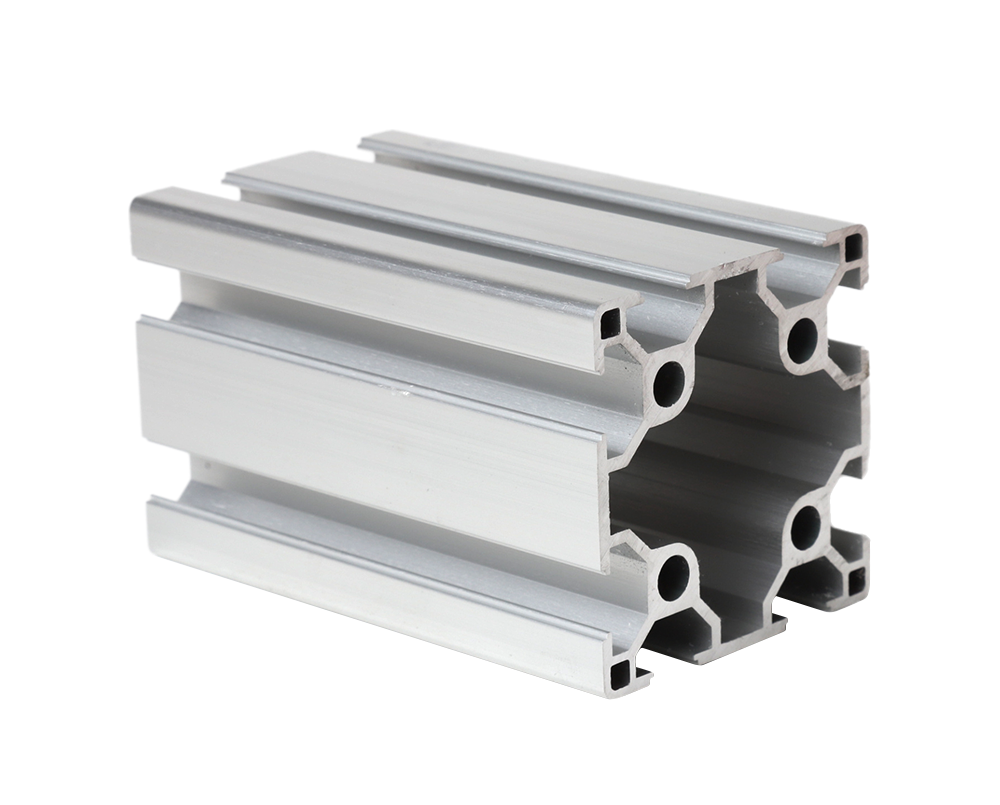2025-04-24 hits:0 source:News

The oxidation treatment time for aluminum profiles is a critical parameter that significantly impacts the quality, performance, and appearance of the final product. Aluminum oxidation, typically achieved through anodizing, is a process that forms a protective and decorative oxide layer on the surface of the aluminum. The duration of this treatment is influenced by multiple factors, and careful control is essential to obtain optimal results.
One of the primary factors determining the oxidation treatment time is the desired thickness of the oxide layer. Different applications require varying thicknesses of the oxide layer. For example, in architectural applications where enhanced corrosion resistance is needed, a thicker oxide layer is often preferred. Generally, the longer the aluminum profile is exposed to the oxidation process, the thicker the oxide layer will become. However, this relationship is not linear, and there comes a point where further increasing the treatment time may not proportionally increase the thickness and could even lead to negative effects such as excessive porosity or uneven layer formation. In most standard anodizing processes, the treatment time can range from 15 to 60 minutes to achieve common thicknesses of 5 - 25 micrometers.
The type of electrolyte used in the anodizing process also affects the oxidation treatment time. Different electrolytes, such as sulfuric acid, chromic acid, or oxalic acid, have distinct chemical properties and reaction rates. For instance, sulfuric acid is widely used due to its relatively fast reaction rate and ability to produce a hard, durable oxide layer. When using sulfuric acid as the electrolyte, the oxidation treatment time can be relatively shorter compared to some other electrolytes. In contrast, chromic acid - based anodizing may require longer treatment times to achieve a similar quality of the oxide layer, but it offers better corrosion resistance and is more suitable for certain applications where environmental friendliness and low - porosity requirements are crucial.
The temperature of the electrolyte bath is another significant factor. Higher temperatures can accelerate the oxidation reaction, potentially reducing the required treatment time. However, if the temperature is too high, it can cause the oxide layer to become rough or dissolve, resulting in poor quality. Therefore, maintaining a precise temperature control in conjunction with the appropriate oxidation treatment time is vital. Typically, anodizing baths are maintained at temperatures between 15°C and 25°C, and the treatment time is adjusted accordingly to ensure the formation of a uniform and high - quality oxide layer.
Moreover, the surface condition of the aluminum profile before oxidation also impacts the treatment time. Profiles with smooth, clean surfaces tend to undergo oxidation more evenly and may require less treatment time compared to those with rough or contaminated surfaces. Pre - treatment processes, such as degreasing, etching, and polishing, are often carried out to prepare the surface properly. These pre - treatments can help ensure that the oxidation treatment time is optimized and that the final oxide layer adheres well and provides the desired properties.
Read recommendations:
lf you have any questions or comments, you can leave us a message and we will reply to you as soon as possible
